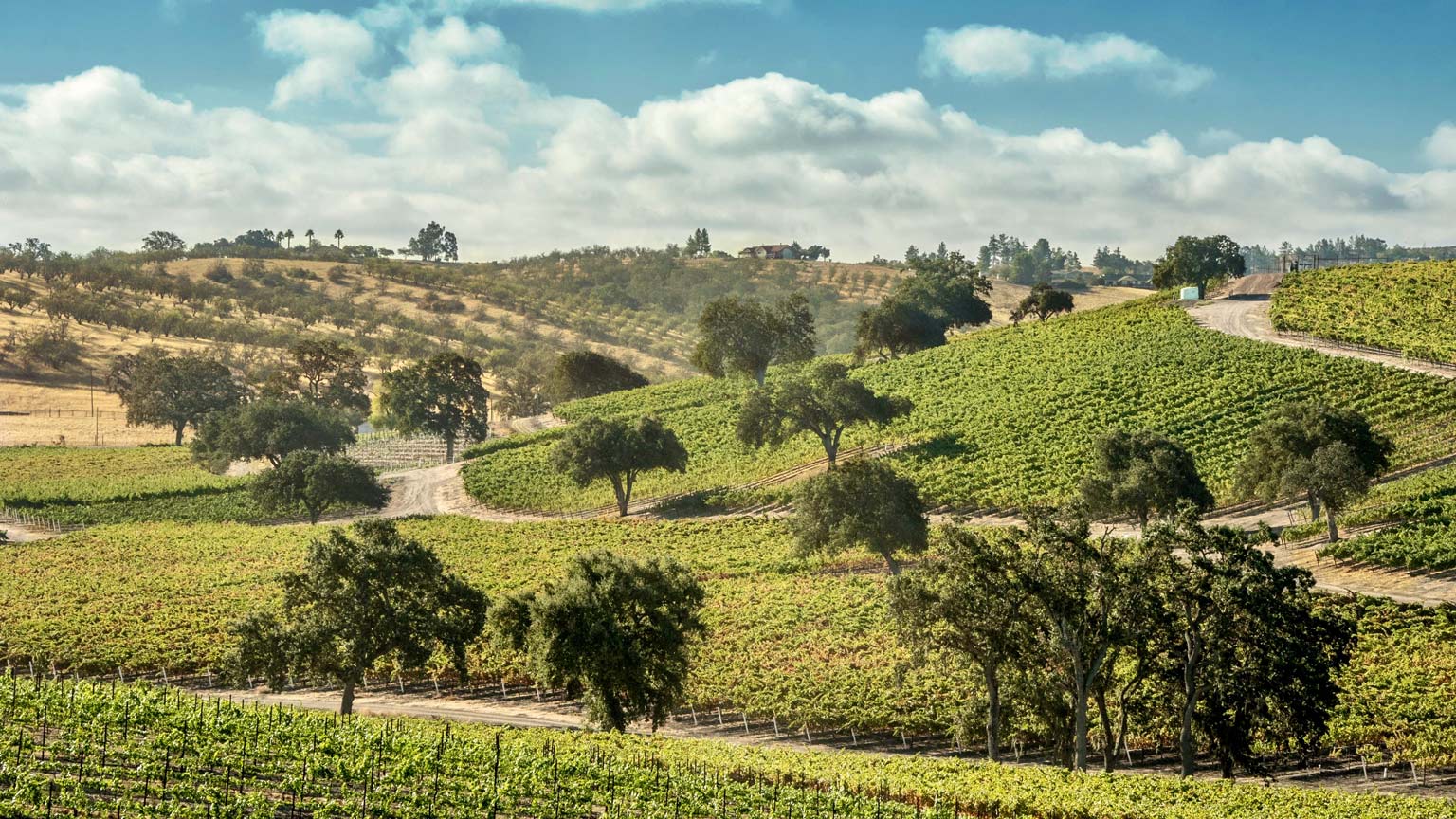Nose
Remarkably intense aromas of blackberry, strawberry, and potpourri.
Palate
Mouth-filling black cherry,
boysenberry and plum are joined by delicate wood spice on the palate, with rich ripe
tannins contributing structure. Over the course of the long finish, a lovely coffee
character starts to emerge.
Growing Conditions
The Russian River Reserve represents the pinnacle of our Russian River Estate Vineyard, the
Winside Vineyard, as a selection from not just the best blocks within the vineyard, but also the
best barrels from within those lots. This rigorous selection allows us to craft a wine of
extraordinary depth, intensity, and concentration, while at the same time staying true to the
terroir of the vineyard. The Winside Vineyard was planted in 1997, and has been farmed by
Anne Moller-Racke since its inception.
Harvest
The 2014 Vintage marked the third year of drought in California as a whole, although in the North Bay
we were fortunate to receive heavy storms in February and March which replenished the soils and ponds.
The season started early and stayed that way, with mild weather in the spring and warm (but not overly
hot) weather through the summer save for a few heat spikes early in June and July which were far
enough from harvest to cause few worries. A late heat spike in early October provided energy for the
last few blocks, and harvest wrapped up shortly thereafter.
The wines are softer than in 2013, and more accessible in their youth. The vintage evoked some
comparisons to 2004, another early year without too many overly hot days. The vintage’s evenness led
to wines that are well balanced with good acidity, so despite showing well young they should also age
well, as we have seen with the 2004s.
Bottling
The final blend was selected and assembled
in January, 2016.
Winemaking
The 2014 Russian River Reserve is blended from two lots, one from the Pommard block, and one a
co-fermentation of fruit from the Pommard as well the Dijon 667. Both blocks were harvested the
second week of September, and showed incredible concentration of fruit in the grapes.
Fermentations were slightly slower than usual, allowing the must to remain in contact with the
grape skins for over a month. Several punchdowns each day ensured that flavor, color, and tannin
was fully extracted from the skins.
Aging
After completion of primary fermentation the wine was put down
to barrel, where it underwent secondary fermentation over the course of the next 2 months. The
wine was then allowed to age on lees for about a year.
Appearance
Almost inky in color.







